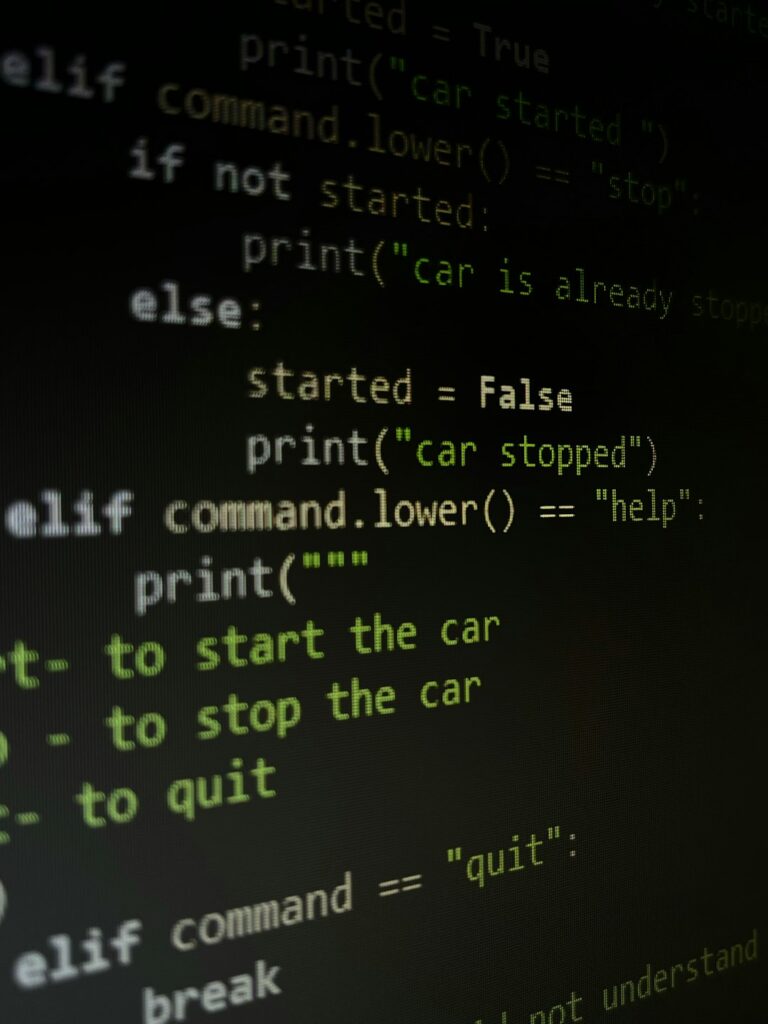AI Tools for Productivity: Harnessing No-Code Automation Strategies
In today’s fast-paced digital landscape, productivity is essential for success. AI tools, especially when paired with no-code automation strategies, can transform the way we work, allowing individuals and teams to streamline their processes without deep technical knowledge. This article explores various AI tools available for enhancing productivity, their benefits, and how to get started with no-code automation.
Understanding No-Code Automation Strategies
No-code automation refers to the practice of using software tools to automate tasks without requiring any coding skills. This approach empowers users to create workflows, integrate applications, and manage tasks efficiently. By leveraging AI tools, no-code automation can lead to significant improvements in productivity.
The Rise of No-Code Platforms
No-code platforms have gained traction for their user-friendly interfaces and accessibility. They allow users to create applications tailored to their specific needs. Popular no-code tools include:
- Zapier
- Integromat (Make)
- Airtable
- Bubble
- Webflow
Combining AI with No-Code Automation
The integration of AI features into no-code platforms enhances their capabilities. For instance, through AI-powered analytics, users can gain insights into their workflows, identify bottlenecks, and optimize processes, leading to more efficient work environments.
AI Tools for Enhanced Productivity
Several AI tools can significantly contribute to productivity when utilized alongside no-code automation strategies:
1. Task Automation Tools
Task automation tools like Zapier and Integromat allow users to build automated workflows that connect multiple apps. For instance, a user can set up an automation that triggers an email alert whenever a new project is added to their task management tool.
2. AI-Powered Chatbots
Chatbots, such as Drift or Intercom, utilize AI to handle customer inquiries. They can automate responses for common questions, freeing up human resources for more complex tasks.
3. Project Management Tools with AI Features
Project management platforms such as Trello and Asana are incorporating AI to help prioritize tasks and forecast project timelines, improving overall productivity through intelligent suggestions.
Implementing No-Code Automation Strategies in Your Workflow
To effectively utilize no-code automation strategies with AI tools, consider the following steps:
Step 1: Identify Repetitive Tasks
Examine your daily workflows to pinpoint tasks that consume a significant amount of time. These could range from data entry to routine follow-up emails.
Step 2: Choose the Right No-Code Tools
Select no-code tools that best suit your needs. Consider factors such as integration capabilities, usability, and scalability.
Step 3: Design Your Automation Workflows
With the chosen tools, map out your automated workflows. Define triggers and actions clearly to ensure a smooth operation.
Step 4: Test and Optimize
Once implemented, continuously monitor your automated workflows. Gather feedback and make adjustments to optimize productivity.
Conclusion
Incorporating AI tools through no-code automation strategies can significantly enhance productivity across various sectors. By automating repetitive tasks and integrating applications seamlessly, users can focus more on high-value projects. As the landscape of work continues to evolve, embracing these technologies will be key to staying competitive and efficient.
Understanding No-Code Automation Strategies
No-Code Automation Strategies are transforming how businesses operate, providing unprecedented access to powerful automation tools for those without technical backgrounds. By leveraging user-friendly platforms, individuals can create workflows, automate repetitive tasks, and integrate various applications seamlessly. This democratization of technology empowers teams to enhance productivity significantly without the need for in-depth programming knowledge.
The Rise of No-Code Platforms
In recent years, no-code platforms have gained traction, allowing users to develop applications and automate processes using drag-and-drop functionality. Companies like Zapier, Airtable, and Integromat enable users to connect different web services, thereby streamlining workflows and improving efficiency. These platforms are not just for tech-savvy individuals; they invite professionals from all sectors to rethink their capabilities and embrace innovation.
Strategies to Implement No-Code Automation
To effectively utilize No-Code Automation Strategies, it’s essential to identify repetitive tasks that consume significant time and energy. Begin by mapping out workflows within your organization. For instance, automating data entry or report generation can free up valuable employee hours. By implementing these strategies, businesses can focus on more strategic initiatives and improve overall productivity.
Embracing a Culture of Innovation
For successful adoption of no-code automation, organizations must cultivate a culture that encourages experimentation and innovation. Provide team members with the training and resources they need to explore these tools. Encourage collaboration between different departments to share insights and strategies. By adopting a mindset of continuous improvement and openness to change, businesses can fully harness the power of No-Code Automation Strategies to drive growth.
Measuring the Impact of Automation
After implementing no-code automation solutions, it is crucial to measure their effectiveness. Set KPIs that align with your business objectives, focusing on metrics such as time saved, increased productivity rates, and overall employee satisfaction. Regularly reviewing these metrics will illustrate the impact of automation on your operations and highlight areas for further improvement.
The Future of Productivity with No-Code Automation
As more businesses recognize the benefits of No-Code Automation Strategies, the future of productivity looks promising. The ability to streamline complex processes without technical barriers will continue to be a game-changer. Organizations that adopt these tools stand to gain competitive advantages, enabling them to respond quickly to market changes and customer needs. The shift towards no-code solutions represents not just a technological evolution, but also a fundamental change in how work gets done in the 21st century.


